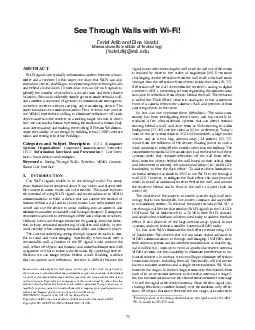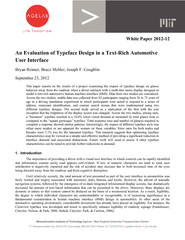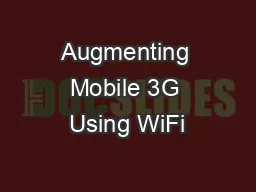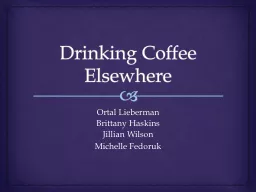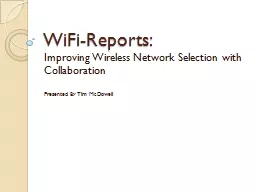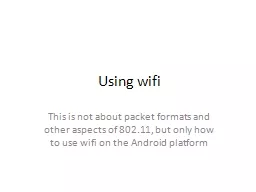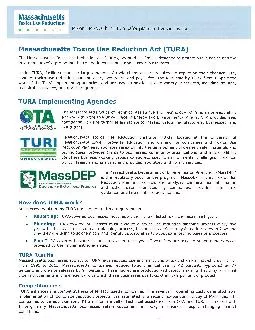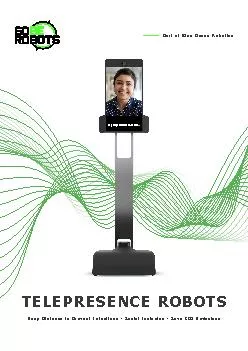PDF-See Through Walls with WiFi Fadel Adib and Dina Katabi Massachusetts Institute of Technology
Author : phoebe-click | Published Date : 2014-11-16
edu ABSTRACT WiFi signals are typically information carriers between a trans mitter and a receiver In this paper we show that WiFi can also extend our senses enabling
Presentation Embed Code
Download Presentation
Download Presentation The PPT/PDF document "See Through Walls with WiFi Fadel Adib a..." is the property of its rightful owner. Permission is granted to download and print the materials on this website for personal, non-commercial use only, and to display it on your personal computer provided you do not modify the materials and that you retain all copyright notices contained in the materials. By downloading content from our website, you accept the terms of this agreement.
See Through Walls with WiFi Fadel Adib and Dina Katabi Massachusetts Institute of Technology: Transcript
Download Rules Of Document
"See Through Walls with WiFi Fadel Adib and Dina Katabi Massachusetts Institute of Technology"The content belongs to its owner. You may download and print it for personal use, without modification, and keep all copyright notices. By downloading, you agree to these terms.
Related Documents

